
“On America’s day of trial and grief I saw millions of people instinctively grab for a neighbor’s hand and rally to the cause of one another. That is the America I know.

Photographer Chip East was staring intensely at his laptop screen.
It was two weeks after two jetliners had plowed into the towers of the World Trade Center. His good friend, photojournalist Bill Biggart’s body had been recovered from the rubble. His personal effects, including his cameras had been released by authorities to his widow, Wendy.
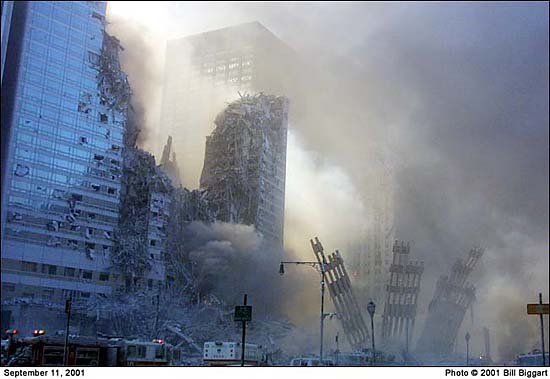
Bill Biggart’s final photograph. He was killed when the second World Trade Center tower collapsed on top of him. He was 53 years old.
This compilation of news reports captures the essence of that morning better than almost any other video on YouTube.
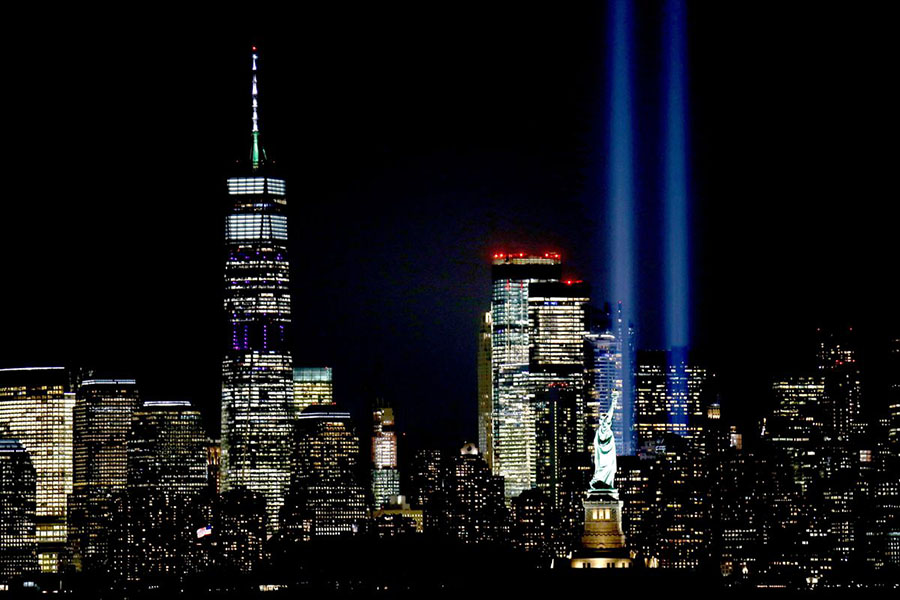
LET US PRAY
On the morning of Tuesday, September 11, 2001, four planes were hijacked and ultimately crashed. Two crashed into the World Trade Center in New York City and one crashed into the Pentagon. The fourth crashed in Pennsylvania.
LET US PRAY.
Dozens of people in each of four airplanes living in terror as their hijacked planes are flown to destinations unknown to them. Each ends in a terrible fiery crash.

Photo by James Nachtwey for TIME magazine.
I will never forget staring at the screen. I was stunned. It was just a few moments after I got the phone call to turn on the TV. Then the second plane hit.
On this date, twenty-one years ago, we experienced a great national tragedy in the United States. 2,977 lives that were lost in the terrorist attacks. So many families were torn asunder. The way we view ourselves and our world changed. Emergency responders continue to suffer terrible health problems as a result of working at the scene. The way we view ourselves and our world changed too. Over 2,000 first responders have died of health issues related to 9/11.
In remembrance of that day, and to honor the lives that were lost, I am posting some tributes.
The original of this photo was a mistake. A throw away. Anoush and I were doing soft light portraits, thanks to the canopy of leaves overhead. I had carefully metered for the existing shady light conditions. But when I clicked the shutter, thanks to a breeze or something, the sun broke through the leaves and a beam of sunlight hit Anoush’s face and washed over some of the rest of the scene. The result was most of the image ended up somewhere between properly to overexposed, and her face was the most overexposed. It looked bad. The kind of photo most people would discard. But I didn’t throw it away. I learned from one of my photo guru’s years ago never to throw away a photograph, even a bad one.
Like a lot of other photographers, I do “outtakes” in between shooting sessions. I was looking through some travel outtakes recently and realized a lot of them were taken in between shooting locations while sitting at traffic lights, stuck in traffic jams, waiting for the rain to stop, waiting for the cold winter winds to die down, or just waiting for the quality of the light to get better. Each of these outtakes is connected in my memory with some of my favorite images. Take for example the right center image of Vassanta asleep in the car.
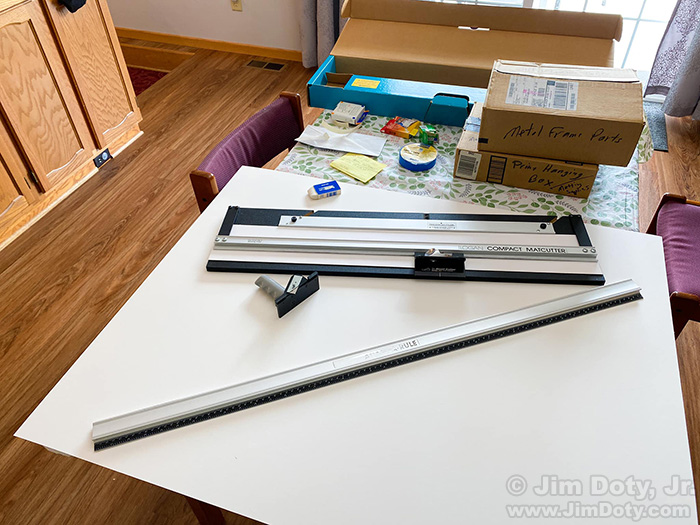
Today is a matting and framing kind of day so I brought everything up from the basement that I will need. I figured out long ago it was way too expensive to have someone else do matting and framing for me, so I bought a mat cutter and I do everything myself. If you are thinking about doing your own matting and framing, I cover some of the basics.
Google might be saving data on all the places you go, or more correctly, everywhere your phone goes. If you have Google Locations Services turned on, Google keeps a record of everywhere you go. If you don’t want Google to keep tabs on you, turn location services off.
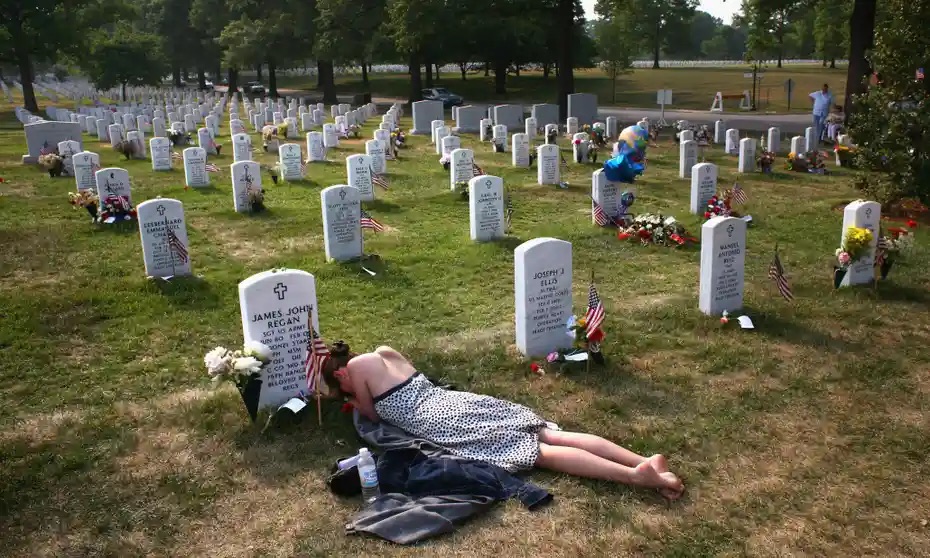
John Moore was at Arlington National Cemetery on Memorial Day, 2007. He had visited with Mary McHugh earlier in the day. She had come to Arlington National Cemetery to visit the grave of her fiance, James Regan, who had stepped on a roadside bomb a few months earlier in Afghanistan. Later on he saw her laying in the grass and talking to the marble headstone. He captured this image. The whole story is here.
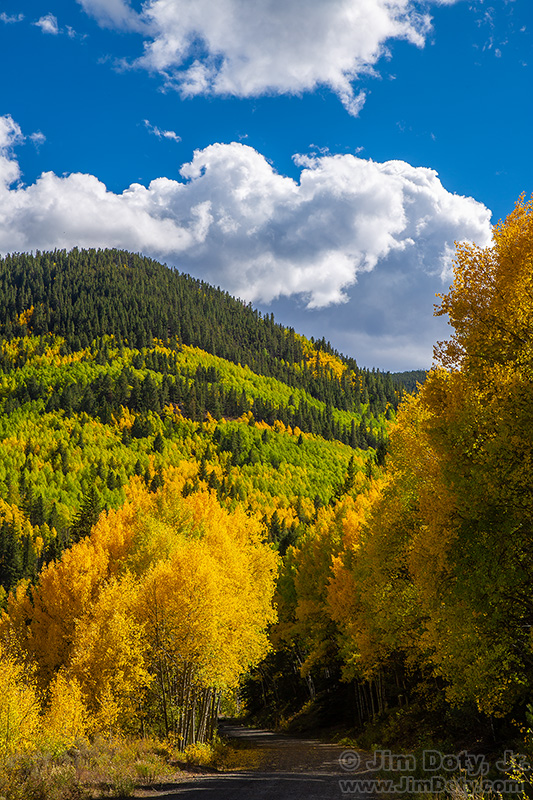
Marshall Pass is a beautiful fall color drive in southern Colorado, and still pretty much a secret. It does not turn up on most lists of the most beautiful fall color drives in Colorado. It is a beautiful drive with a lot of fall color photo opportunities.
Headed for Colorado this fall? Welcome to my complete Colorado fall color photography and travel guide with 131 photos, 18 maps, and over 100 pages of information (if you print it all out). I cover some of the best known fall color locations in Colorado, and one real gem of a road that is not widely known to photographers and leaf peepers. Spend anywhere from two days to two weeks exploring the beautiful Colorado Rockies at a gorgeous time of year.
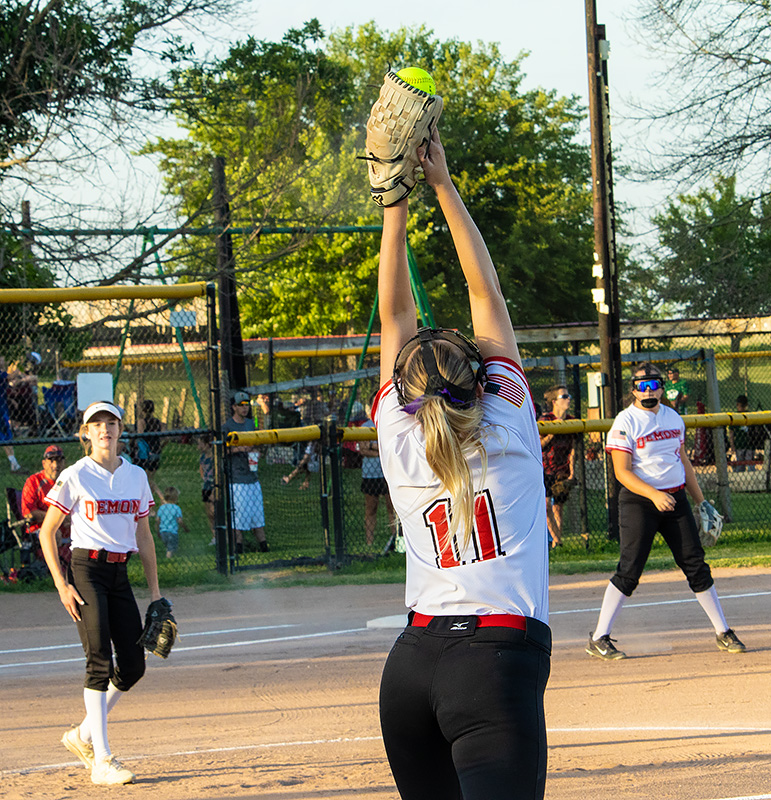
The last home game of the regular season is usually “senior night”, and the Lamoni High School softball team did themselves proud. Taylor Henson started things off with a bunt down the third base line and she beat the throw to first base. A few plays later she stole home for the first run of the night. Chloe Belback hit a single, other players hit well too, and Karli Brown brought three of them home when she clobbered the ball for a double. At the end of the first inning Lamoni was ahead, 5-0. Lamoni added two more runs in the second inning and continued to score. Excellent defense behind the pitching of Taylor Henson held Seymour to zero runs for the evening. Lamoni finished the game with a 10-0 victory.
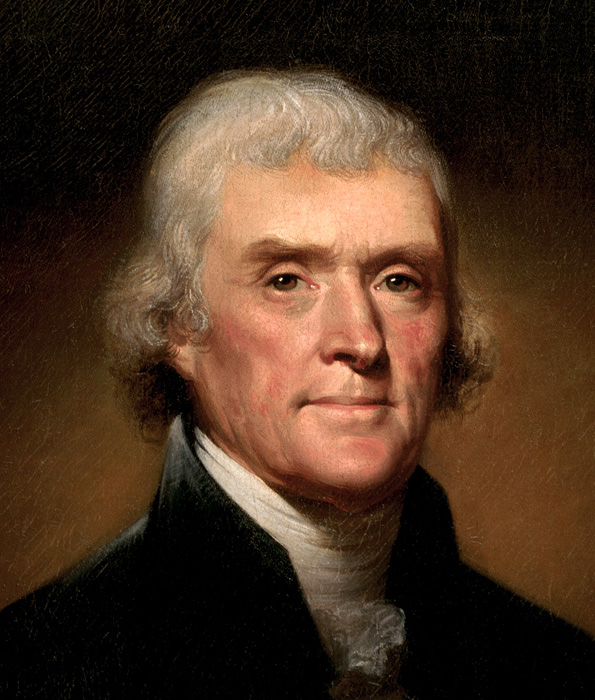 Thomas Jefferson by Rembrandt Peale, 1800
Thomas Jefferson by Rembrandt Peale, 1800
“We hold these truths to be self-evident, that all men are created equal, that they are endowed by their Creator with certain unalienable Rights, that among these are Life, Liberty and the pursuit of Happiness.”
From the Declaration of Independence, signed July 4, 1776. Written by Thomas Jefferson (1762-1826). 3rd US President (1801-09).
More images (including Thomas Jefferson’s original draft) and the complete text of the declaration are after the break.
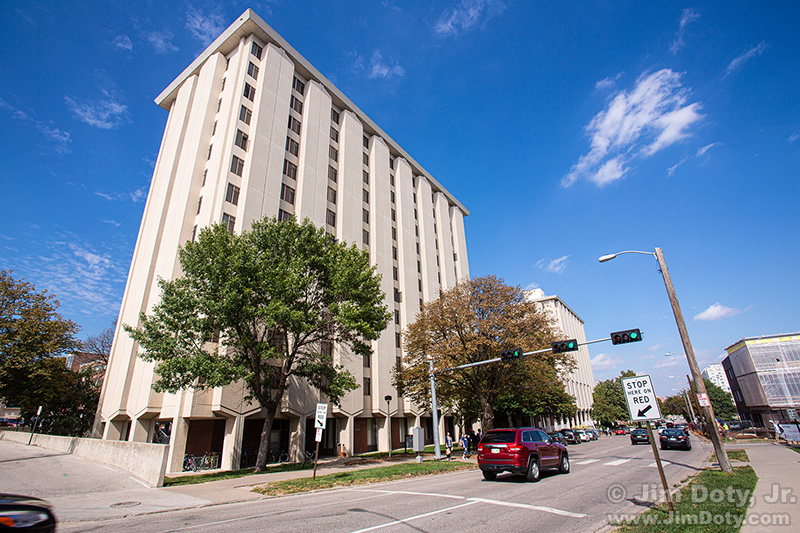
I had heard rumors that the twin campus towers, Willa Cather and Ezra Pound Halls, were going to be demolished. Cather Hall was my home for three years at the University of Nebraska in Lincoln and I wanted a current picture. On my way to a photo workshop in Colorado I stopped in Lincoln to create some images. The view above is looking north on 17 Street with Pound Hall in the foreground, and Cather Hall in the background.
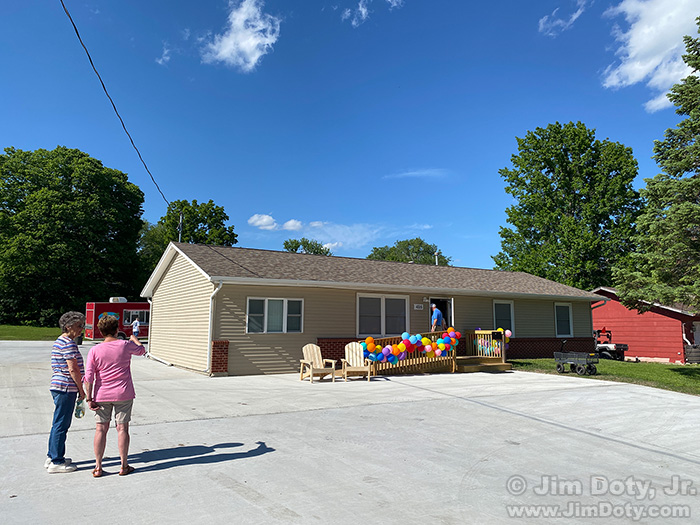
A dream came true this month. To celebrate, the Lamoni Food Pantry held an open house at its new location. The move is a remarkable story. The food pantry has been operating out of the basement of the Methodist Church for a number of years (a huge thanks to the Methodist church). An increasing client base meant the food pantry needed a bigger location. After checking out 25 potential locations over several months time, a new home for the food pantry was finally found that could be purchased and renovated. In just a few weeks time the people of Lamoni donated $230,000 to purchase and renovate the property. The open house is a celebration of the new location and a huge thank you to the generosity of the people of Lamoni (population 2,240).
Summer is the most popular time to visit the national parks. With so many to choose from, where should you go? Which national parks will provide the best photographic opportunities in the summer?
Which national parks are at their photographic best in the summer? Here are my favorite choices, grouped by state from west to east, plus one Canadian province.
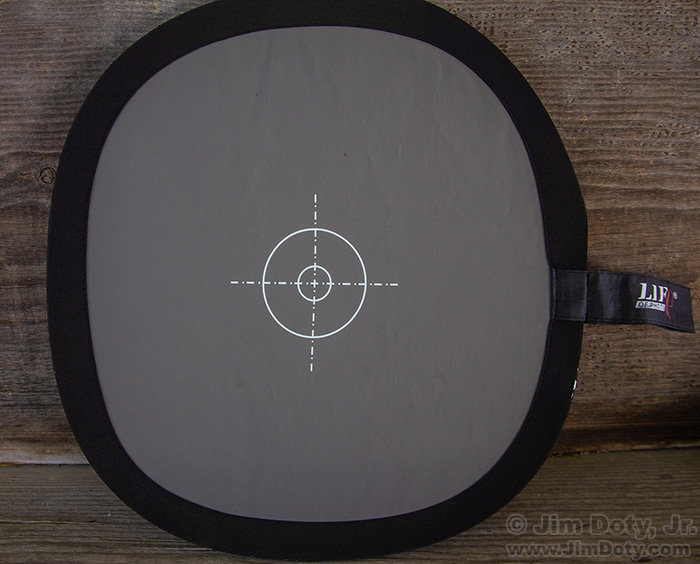
An 18% gray card is an excellent tool for metering and just about essential for setting a custom white balance (although a piece of pure white paper will do in a pinch). A gray card needs to be large enough to meter and photograph without blocking the ambient light hitting the gray card, yet small enough to always have with you.
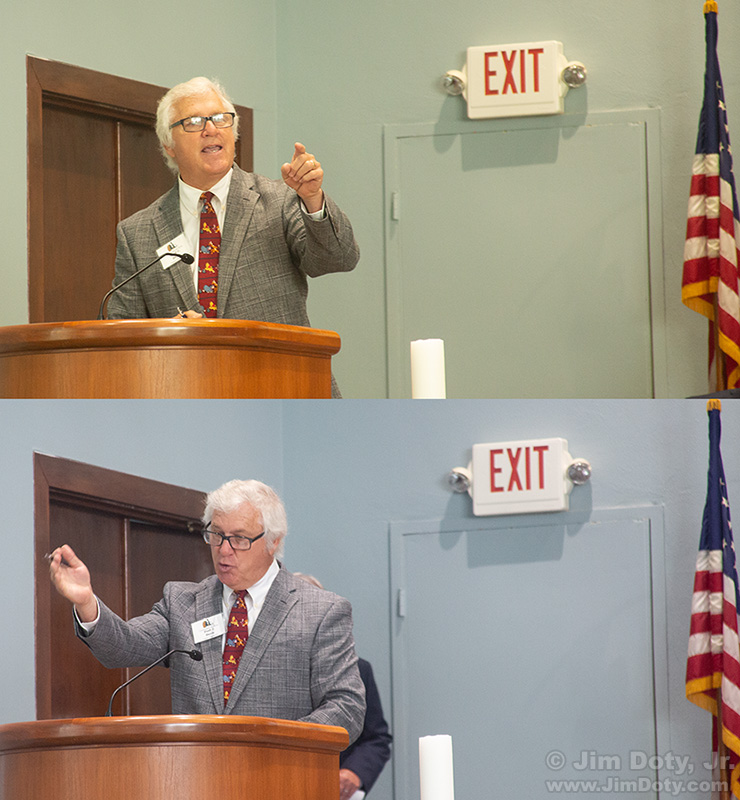
30 seconds of your time can make the difference between disappointing colors and great colors. That is the difference between these two photos. The top image is skewed toward yellow and green tones. It is most obvious in the white part of the EXIT sign, the white stripes of the U.S. flag and the white candle next to the speaker’s podium. The speaker has yellow-ish skin and and the blue walls are greenish in the top photo. In the bottom image all of that has been fixed. The flag looks much better, the candle is pure white, and the blue walls are actually blue. Most important, the skin tones (my primary goal) are so much better. The yellow skin is gone.
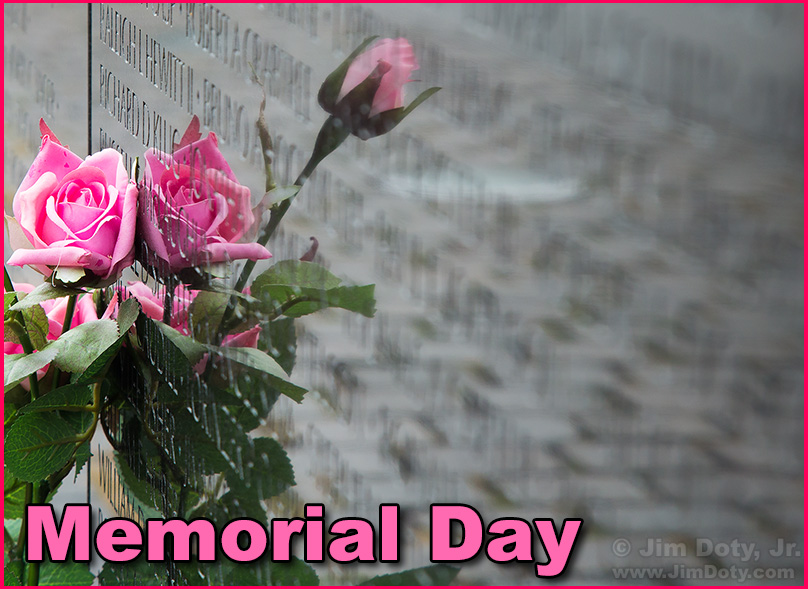
Richard Duane Klug (the name just above the rose) was born January 26, 1946. He died in Darlac Province, Vietnam, November 14, 1967 at the age of 21. He is one of over 58,000 American soldiers that died in Vietnam, and one of over 1.1 million American soldiers that have died in all American wars (almost half of them in the Civil War).
It was a beautiful night for photographing the lunar eclipse. This was early in the totality phase at 10:37 pm CDT. I picked this image as my favorite because I like the star background and especially the three stars in a row right below the moon. Not long after I created this image the moon slid in front of the middle star in this trio and, at least to my eye, it was not as pleasing a composition.